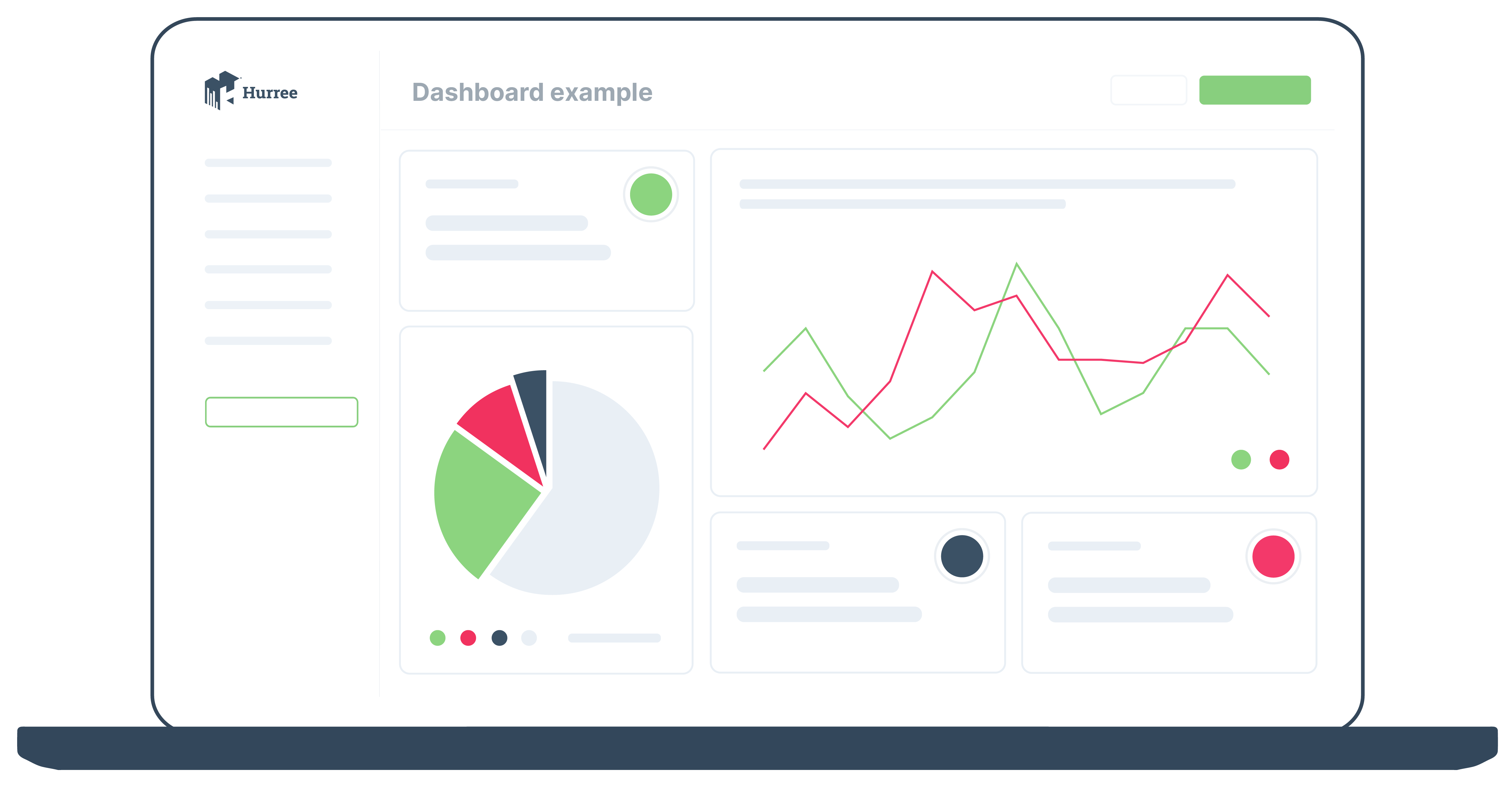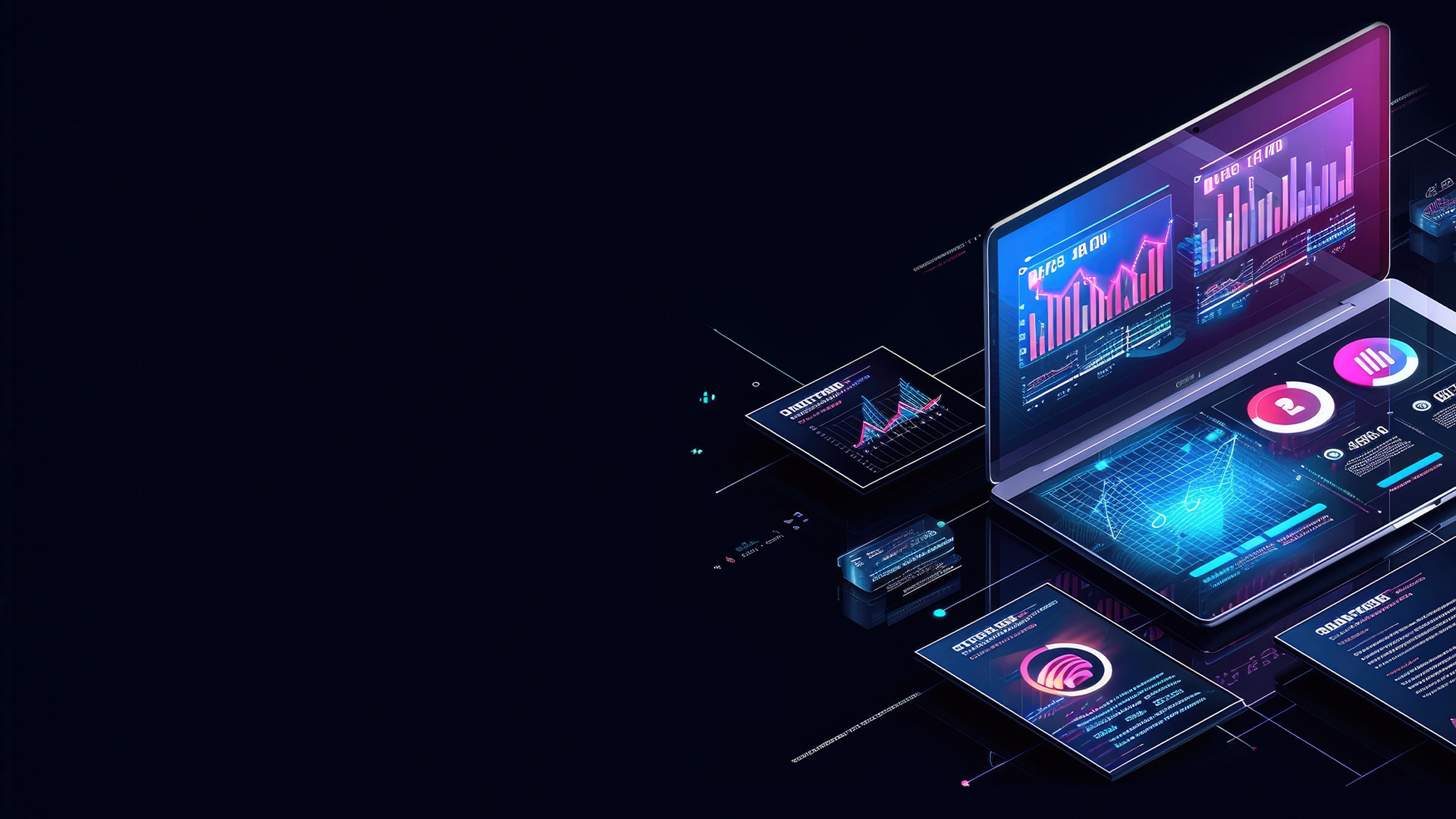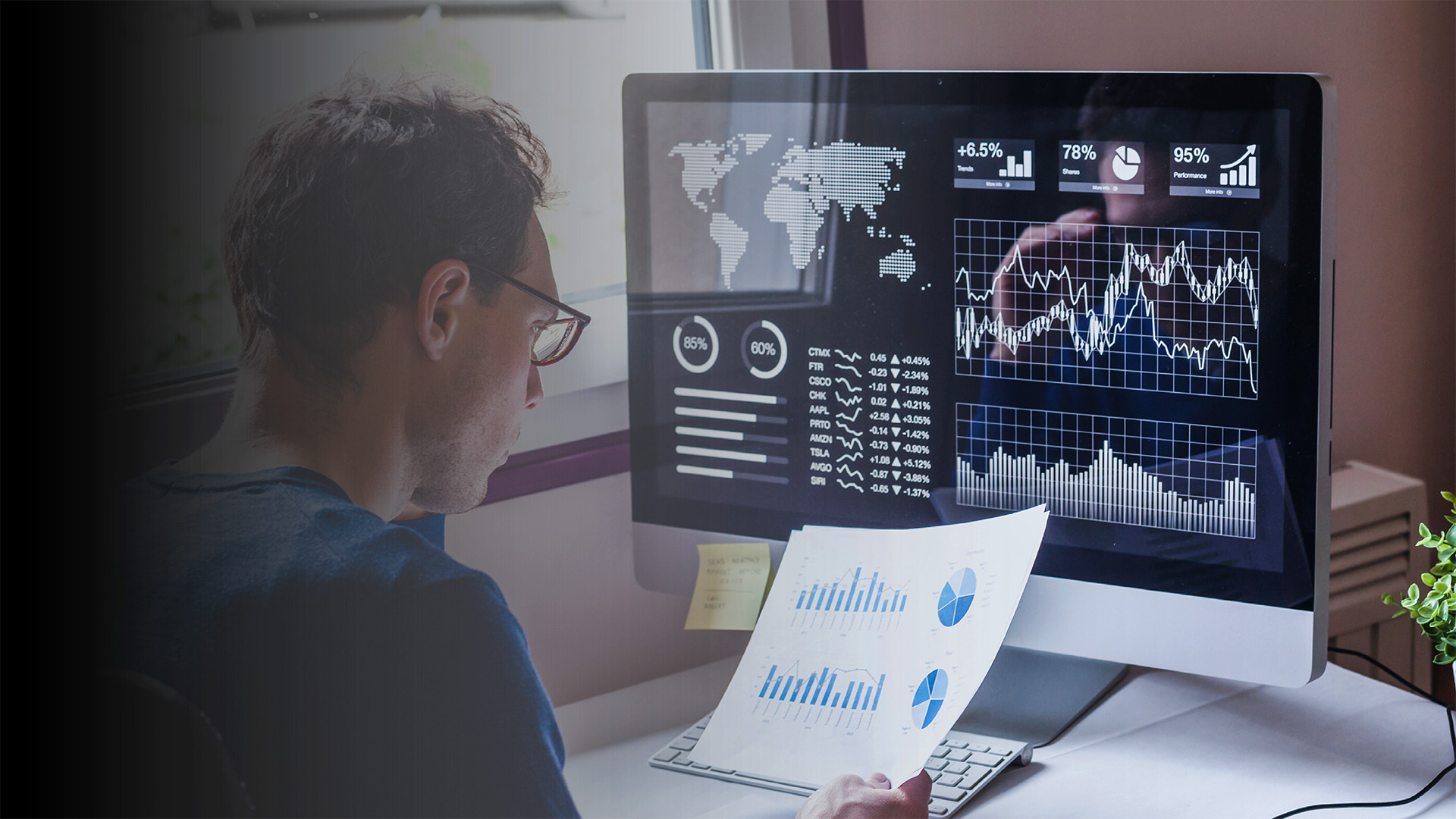How to Use a Dashboard for Project Management
Project management is all about multitasking. A large part of that includes keeping track of progress against the project goals and timelines, and course-correcting where necessary. While a lot of project managers rely on spreadsheets and GANTT charts, one of the best tools to keep track of important elements is a project management dashboard.
What is a project management dashboard?
A project management dashboard is a tool that provides a visual overview of data and the status of your project. It allows you to see large swathes of information in a quick and easy way. Dashboards in general are meant to provide an at-a-glance view of important information, and that’s no different for project management. In fact, a project management dashboard is no different from any other business dashboard, except it has a specific purpose.

Source: KPMG
Benefits of project management dashboards
Project management dashboards are a great way to collate complex data and distill it in a way that not only makes sense but provides actual insight into how a project is doing.
That’s because a project management dashboard provides a clear overview of the relevant data while tracking your progress and keeping you on track. With a good dashboard, project management teams can:
Centralise data sources and resources: Projects are complex things, coordinating people and data from across various parts of the business. This can lead to siloing and inefficient processes if you don’t use the right tools. Not only does a dashboard provide a clear indication of progress so everyone knows how they’re doing, but it also brings together data from multiple sources into one, central tool so you’re not wasting time collating it or searching through multiple programmes.
Coordinate better across teams: This centralisation has a few benefits, the main one being it facilitates increased collaboration across the project team. By providing a single source of truth for targets and progress, project teams can see how their work fits into the bigger picture and how they can better facilitate the overall goals. It also minimises any miscommunication or misunderstanding (provided that you’ve created an effective dashboard).
Track goals and progress: Knowing how you’re doing within a project plan is very important. A good dashboard tracks your KPIs and can provide visibility of the status of a project. For example, how much time you’ve spent on certain tasks or ROI. This allows the project team to see how they’re doing in real-time, and identify quickly what areas need improvement.
See actionable insights: The data in any good dashboard doesn’t just display numbers, it shows trends, and indicates progress. What does this actually mean though? Well, it means you have a great foundation for taking concrete action. Good decisions are rooted in data, especially when it comes to managing large projects. Tracking your project data in a well-curated dashboard essentially provides a map to follow to make these good decisions.
Improve accuracy and efficiency: Data-driven decisions are also more accurate ones. Dashboards can provide a guiding light for project teams, showing them exactly where any opportunities lie and where they are performing well. This allows project managers to deploy resources to the right areas, forecast more accurately, and generally make better decisions.
How to use a dashboard for project management
Ok, we’ve convinced you that using a dashboard will be beneficial for your project. But how do I put that into practice, you ask? We’ve written in-depth about how to build a dashboard in general terms so check that out. But when it comes to project management, there are a few key elements you should focus on when creating a dashboard.
The right KPIs
Projects are created to achieve very specific goals. With this in mind, the KPIs you track on any dashboard should be equally as specific in tracking progress and keeping your team on track. The first step is to define the overall project target, and then decide what metrics or KPIs will support your team in achieving that.

Source: Wellingtone
Some good examples include:
- Percentage of tasks completed: Looking at the tasks completed as a percentage of your overall target provides a good indication of how far away from completion you are.
- Resource capacity: How many people do you have and how much time do they have to spend on the project? This allows you to allocate tasks to team members who can realistically complete them and accurately forecast timelines.
- Resource utilisation: Resource utilisation shows how effectively your project resources are being used on billable work, where they are spending time, and how frequently.
- Project spend vs budget: This is a pretty straightforward one, but this allows you to track spend against your budget.
These are just some examples of general project management KPIs. Your dashboard will be specific to your own project and goals.
Flexibility
Projects are ever-evolving. It’s unlikely that the exact plans you make at the outset will not need to be adjusted or changed. That’s why, when you’re building a project dashboard, it’s important to ensure it’s flexible. What does that mean?
A dashboard that is fixed with the widgets and KPIs you initially set will quickly become outdated. You need a dashboard that you can update as your needs and plans change. Any good project plan includes review stages to ensure the team is on track, and your dashboard should be a part of this process. Reviewing the data and KPIs at regular intervals, and making updates where needed, ensures you’re always working to the current project plan. Any dashboard you build should facilitate a changing plan with ease.
Scannability
Dashboards are meant to be a quick and easy way to track a project. Therefore, any visualisation should be understandable at-a-glance. Think about your car dashboard, when you’re driving, you need to be able to look down and quickly see how fast you’re going, what the temperature of the car is, and if there are any issues with the engine. If it takes more than a few seconds to do that, you’re in trouble.

Apply that same logic to any project dashboard you build. If someone has to look at it for more than a minute or two, they are not going to take in the information, putting them in danger of derailing the project. If you’ve been specific about the KPIs you’re tracking, then this step will be about choosing the right visualisations and layout for your dashboard.
Shareability
Not every person has the same tech skills and that can be an issue on a large project team (that being said though, according to Lensa, technical skills are highly transferrable). Being able to share your project dashboard easily in multiple ways is crucial to keeping all team members in the know.
When you build your dashboard or choose your software, keep in mind that you’ll likely have a need for different access. You may want some team members to be able to log in and update the dashboard themselves, and others may only need limited permissions. For more tangential members or those who aren’t as involved in the day-to-day data, you’ll likely need a way to share a snapshot of your dashboard via email or IM.
The most important thing to remember when setting up your dashboard in terms of shareability is that different people respond better to different methods, so variety is key.
Conclusion
Dashboards are crucial tools in managing any successful project, the key is to use them in a way that supports your overall goals and targets. And more importantly, your dashboards should drive action. There is no point in tracking the right KPIs, creating user-friendly visuals, and sharing them if you and your team aren’t going to use them to make your project better.
Your project management dashboard should be a roadmap, leading your actions and decisions, even if it means changing course. Data-driven decisions backed by effective project teams will make any project a success.
Track and visualise your KPIs in real-time with Hurree. Book a free trial today and discover how to truly harness the power of analytics and transform your company reporting using cross-platform dashboards. If you have any questions then feel free to reach out to contact@hurree.co, we'd be happy to answer them!
Share this
You May Also Like
These Related Stories

What Should You Include in a Marketing Dashboard?

How to Measure Brand Awareness: 7 Metrics to Track



